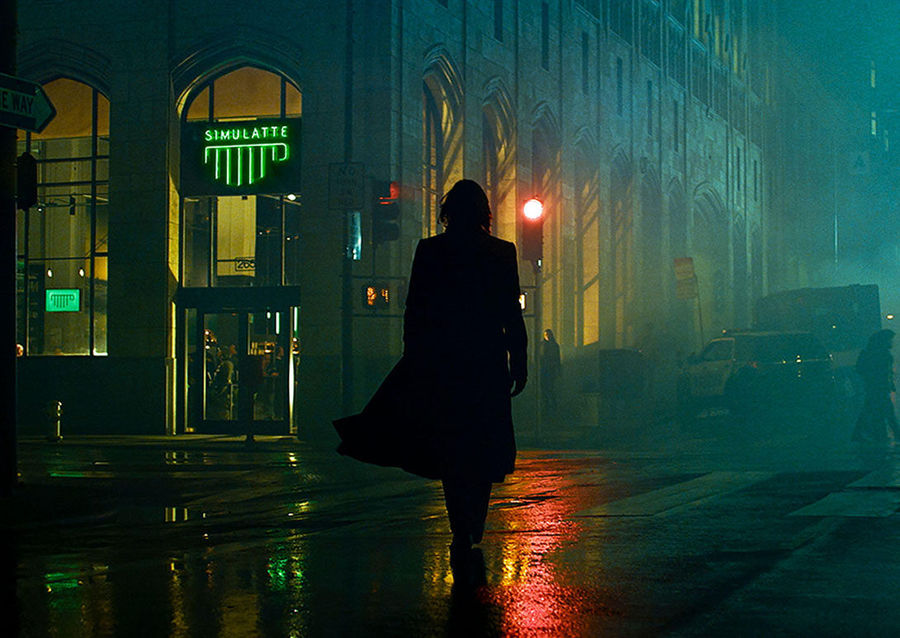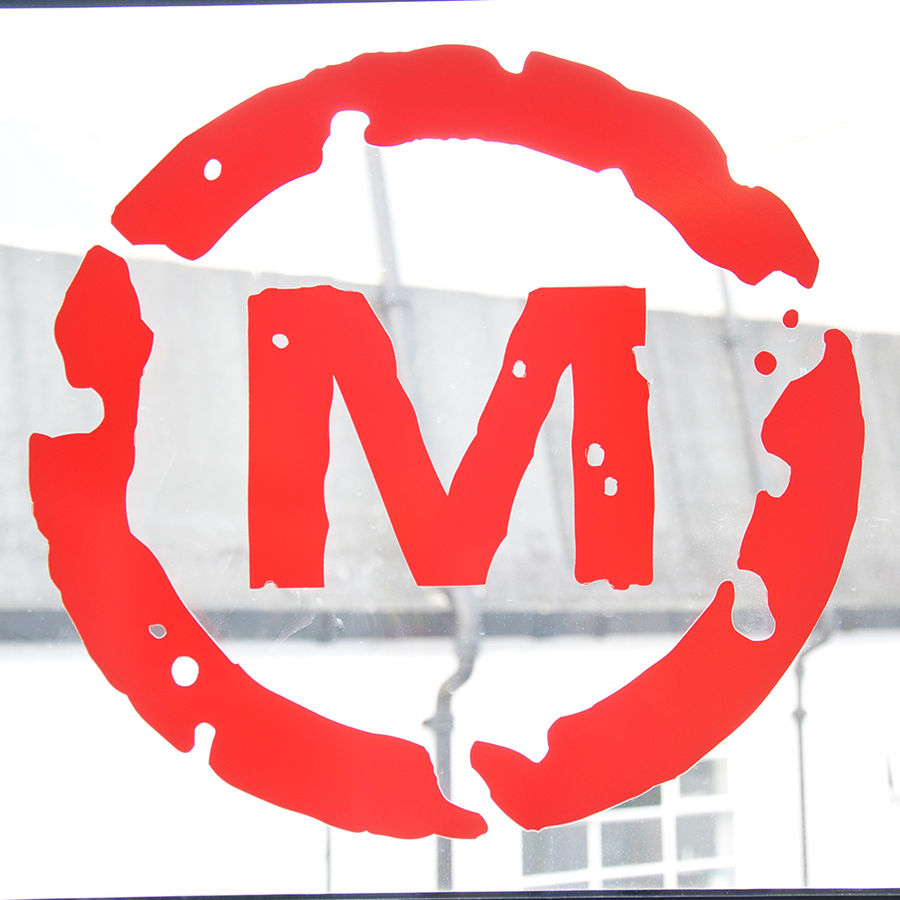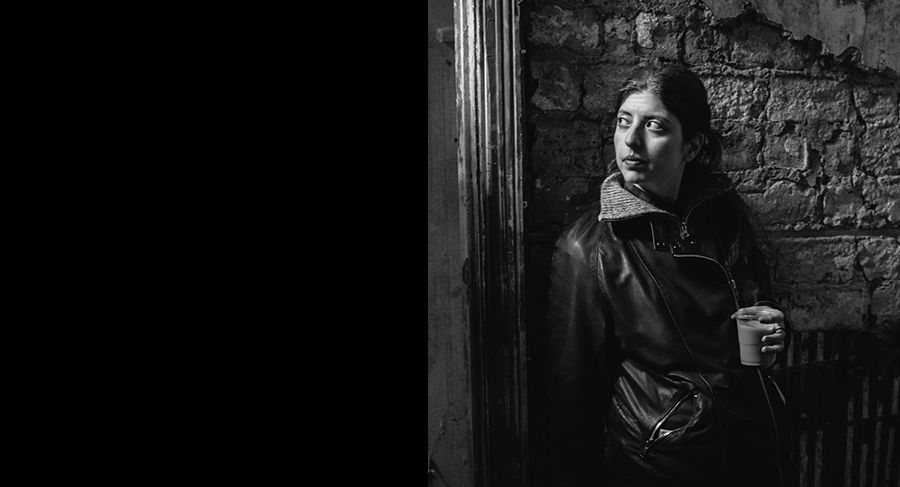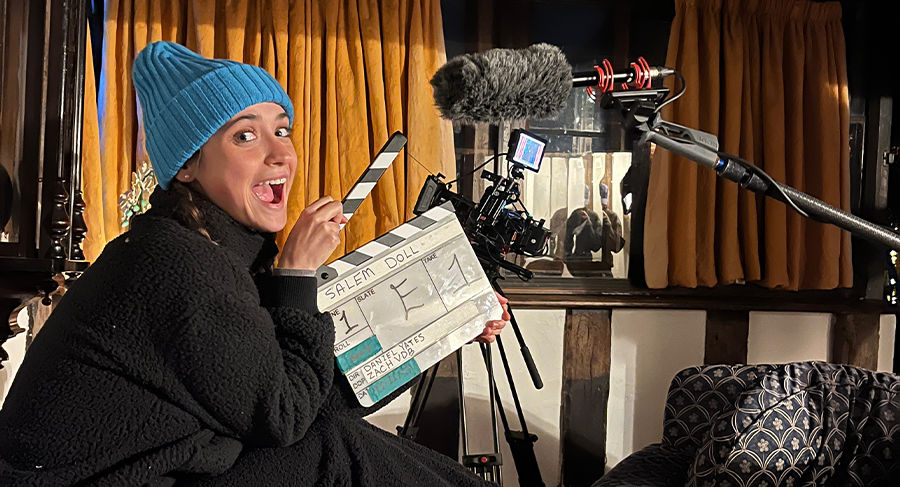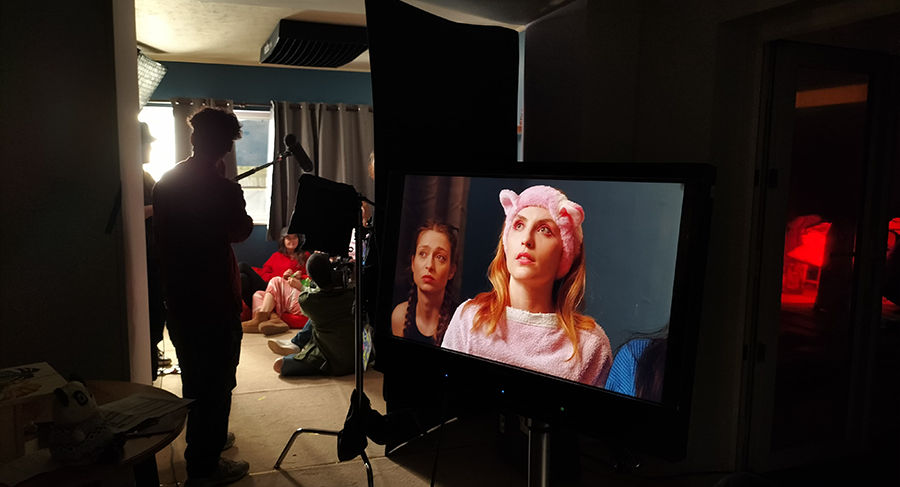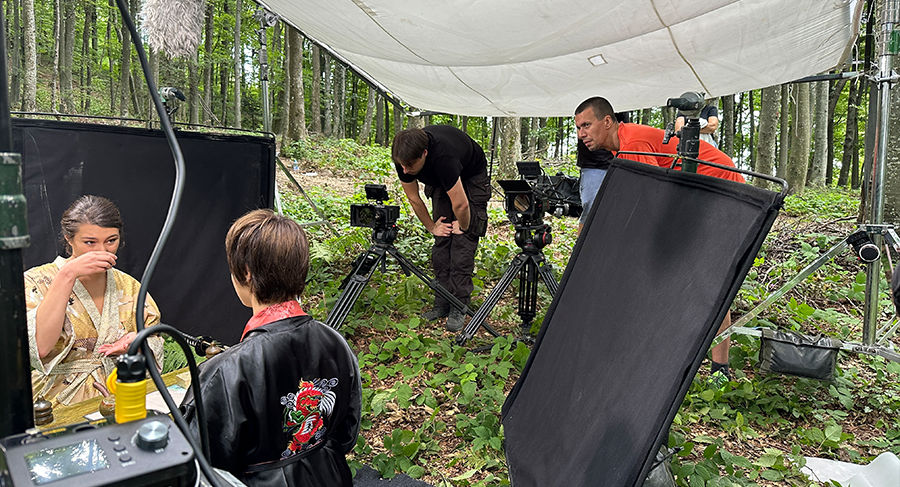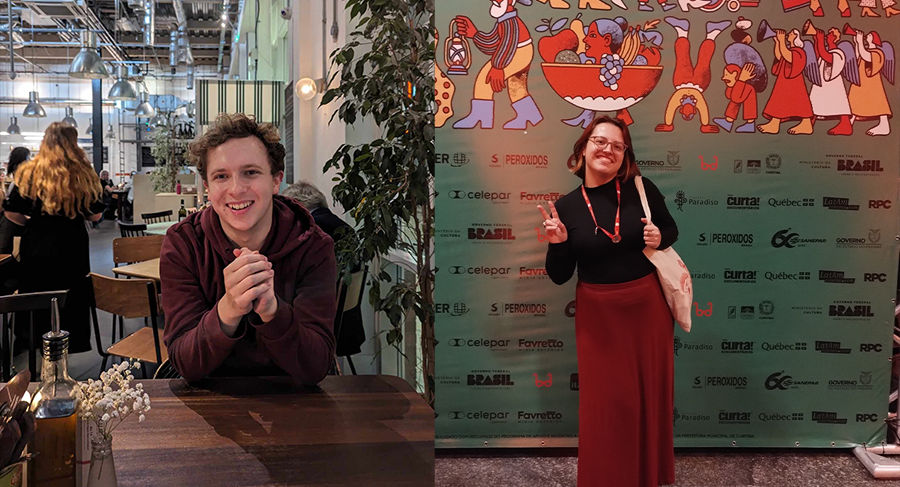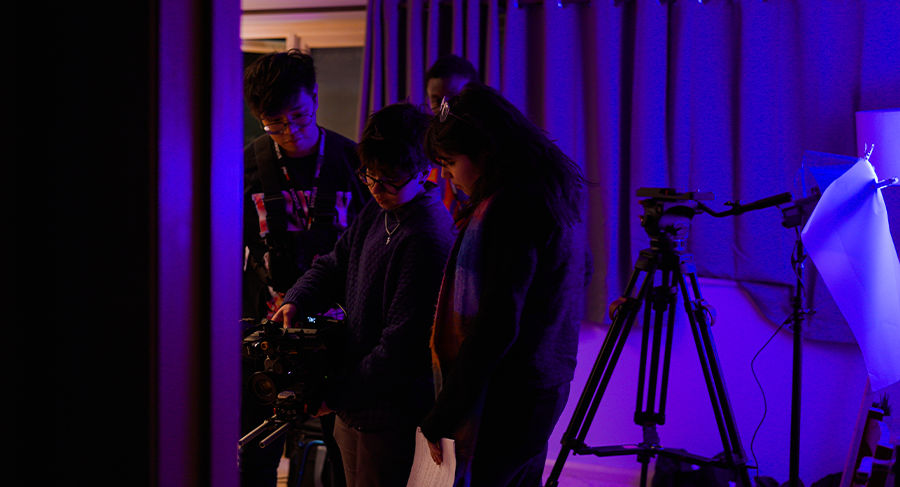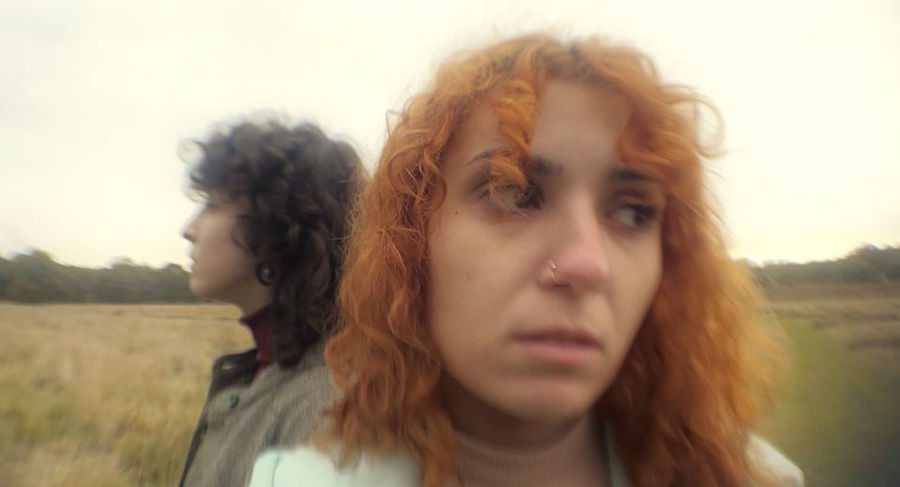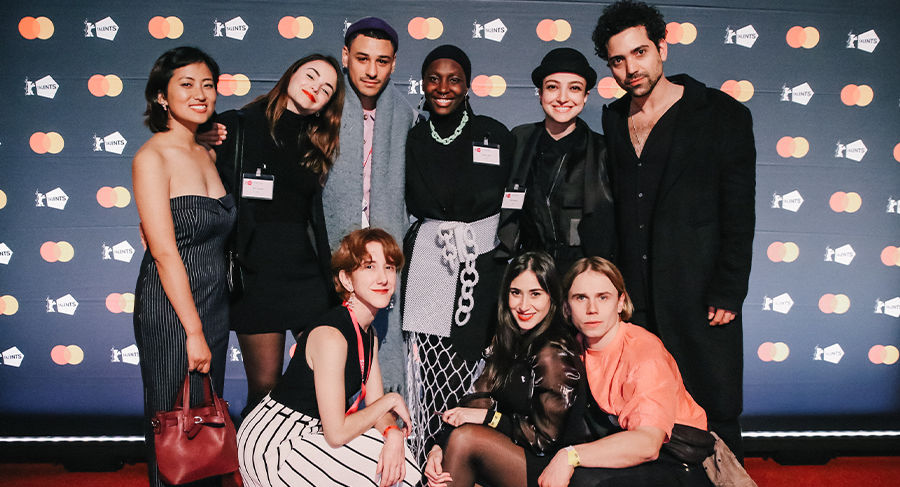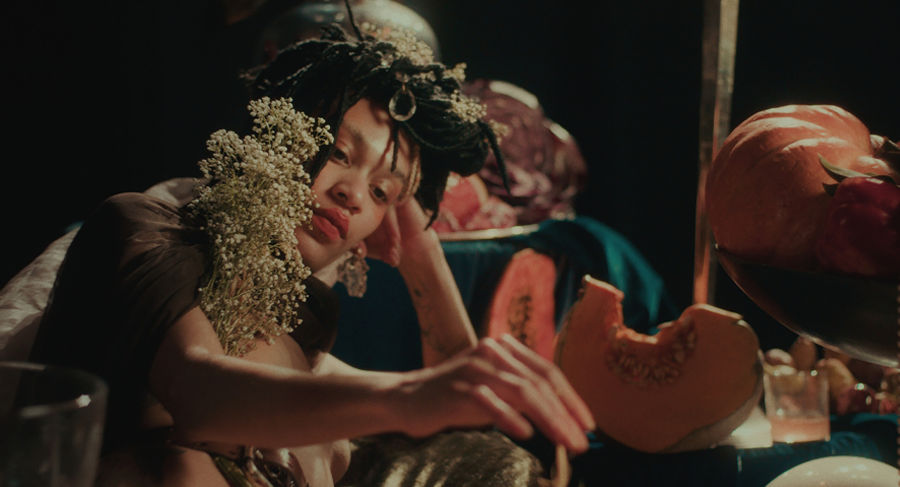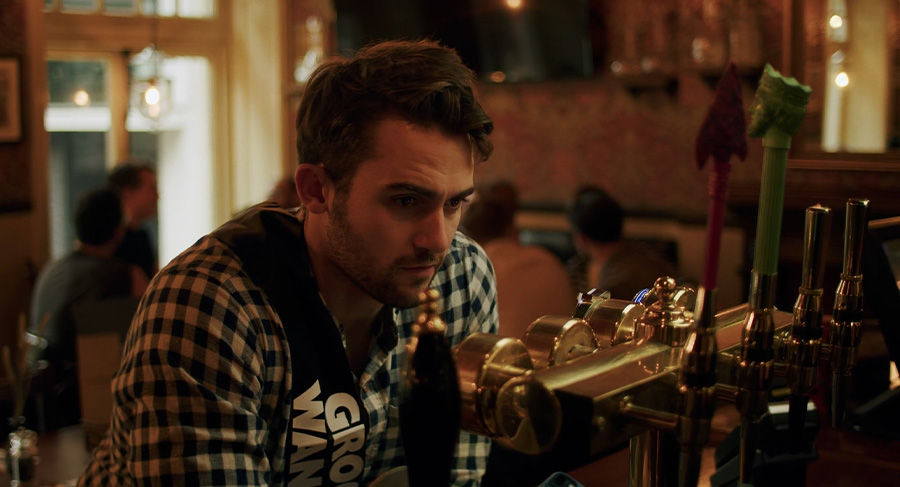How The Matrix Resurrections aces its Digital Animation & VFX
By Elise Czyzowska
24 February 2022
Last year, the world was treated to a fourth installment of The Matrix franchise with The Matrix Resurrections. Although the very existence of the film was called into question (with die-hard fans worried that a reboot might do more harm than good), there was one aspect that did not disappoint: the visual and special effects.
Nominated for over a dozen visual effect awards, including BAFTA’s Best Achievement in Special Visual Effects, Lana Wachowski’s The Matrix Resurrections did not hold back any punches. The plot spanned multiple dimensions, including countless high action chase scenes, and a tour of what the underground city of Zion has been up to since we last saw it back in 2003. In other words, the film – love it or hate it – shows just how much there is to be excited about in the world of VFX.
Here’s what we loved about The Matrix Resurrections, and how we’re helping to train the next generation of creatives with our Certificate in Digital Animation & VFX.
Combining old and new
The Matrix Resurrections found itself in a unique position when it came to visual effects. Wrapped in layer upon layer of homage and call-backs to the original trilogy (much like the latest Spiderman), the film also needed to maintain the legacy of previous installments in pushing the industry forward.
Dan Glass, the VFX Supervisor for the film, described how this legacy left him with a deep sense of ‘fear and apprehension‘, explaining that the film was ‘clearly a continuation of the story and has a very high qualitative and aesthetic bar to hold up to’.
Watch as the team at Double Negative breakdown the VFX used for The Matrix Resurrections!
One lesson the film imparts to aspiring artists is that not everything has to be ‘new’ to be ‘original’. The team at visual effects company Double Negative (where MetFilm School BA Practical Filmmaking alumni Kew Lin started his career after graduating) found this when creating the shots of Neo (Keanu Reeves) and Trinity (Carrie Anne Moss) once again ‘unplugging’ their fetus selves from the matrix. For these scenes, they even managed to get hold of the original assets from the film to use as a basis point.
Huw Evans, the Visual Effects Supervisor at Double Negative, described the process of retrieving these assets and, even if you haven’t worked on a $190 million budget blockbuster, the painstaking back-and-forth is a relatable experience:
“It was a little bit like an email chain of, ‘Have you still got these online anywhere?,’ or ‘I might have some on my home computer.’ It was that kind of thing.”
By the end, however, the chase was worthwhile: “We used [the original scenes as a base], and we recreated it with modern topology. It was fun, just being able to open those scenes and go, ‘Oh, look at this, I remember this!’.”
The world of Bullet Time
The Matrix was not the first film to play with perspective and movement on-screen – in fact, the first use of this technique came before the medium of film even existed, in Eadweard Muybridge’s 1878 ‘Horse in Motion (which was featured in the trailer for Jordan Peele’s new film, NOPE). However, from the first coinage of the effect as ‘bullet time’ in the Wachowski’s script, the image of Neo defying time and gravity to dodge an onslaught of bullets would quickly become the go-to description.
This meant that in 2021, where CGI is commonplace for the action genre, the newest imagining of ‘bullet time’ needed to be equally – if not more – impressive than it was back in 1999.
The original ‘bullet time’ sequence from the first installment of The Matrix in 1999
The original ‘bullet time’ scene was shot using a customised 120-camera rig, but for the new sequences, Glass was aiming for a more ‘realistic’ approach, as per director Lana’s instructions. The final shots were created using a combination of stereo rigs with offset cameras ‘linked up and shooting at different frame rates‘, before being composited, split-screened, and then polished up. The team clearly succeeded in their efforts, managing to recreate the same feeling of exhilaration that came with seeing ‘bullet time’ for the first time, all the while bringing something undeniably ‘new’ to the table.
Why VFX?
Within The Matrix Resurrections, there are 2350 VFX shots, and this number goes to show the excitement that comes with working in the industry. One of the main teams involved in the film, Framestore, spoke about how they were originally offered 204 shots to create, but ended up delivering closer to 450.
“There’s a legacy with The Matrix that got people really excited. A lot of artists volunteered to work on a single shot, just to be able to say they’d work on a Matrix film,” said Graham Page, the VFX Supervisor for the London Framestore team.
For MetFilm School, it was especially exciting to see two graduates involved in the making of the film. Martin Sandhal, who completed our MA Directing, worked as a Visual Effects Editor with Framestore, and Simon Adegbenro, a former One Year Practical Filmmaking student, was the Third Assistant Director!
It was also a rewarding experience to see so many of the techniques and skills taught in our own courses being used for this big-budget film. Our Certificate in Digital Animation & VFX, a twenty-week short course, is designed to help aspiring artists turn passion into profit, covering the likes of Maya, Nuke, and Photoshop – the latter used by Framestore to ‘paint an animatic sequence using stills’ for the movie.
As former Digital Animation & VFX student Chris McKenna summarised, “We never stop learning and developing our technology – that’s a big part of what makes our industry so fun.’ The Matrix Resurrections proves that upskilling and building on your VFX experience is always a good idea, because you never know when or how an old technique might be reused, or upgraded, to create your perfect shot.”
- Former students of our Certificate in Digital Animation & VFX have gone on to work at Moving Picture Company and Paramount Pictures, working on award-season big-hitters including Steven Spielberg’s West Side Story.
- Applications are now open for MetFilm School London’s Certificate in Digital Animation & VFX, as well as all other Certificates and Part-Time (20-Week) Courses.
- Interested in what else MetFilm School has to offer? Download a prospectus today.
